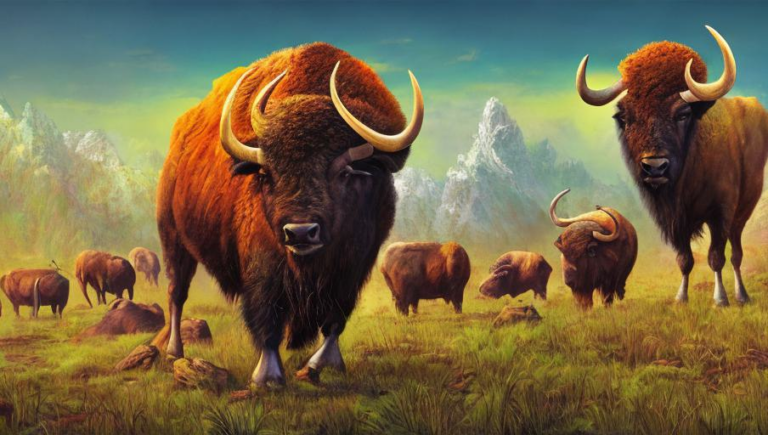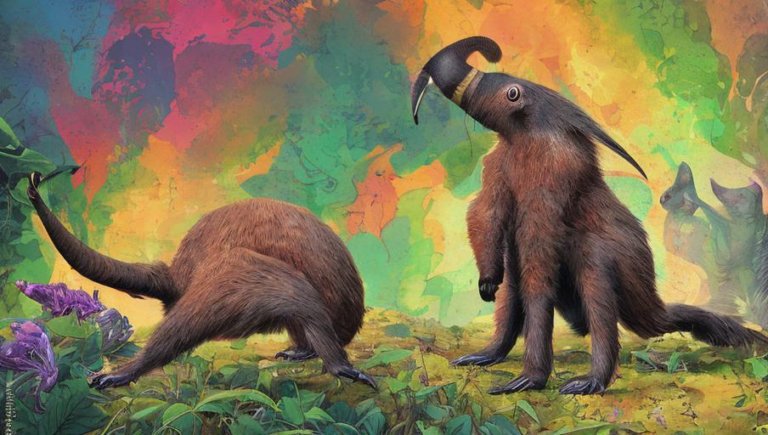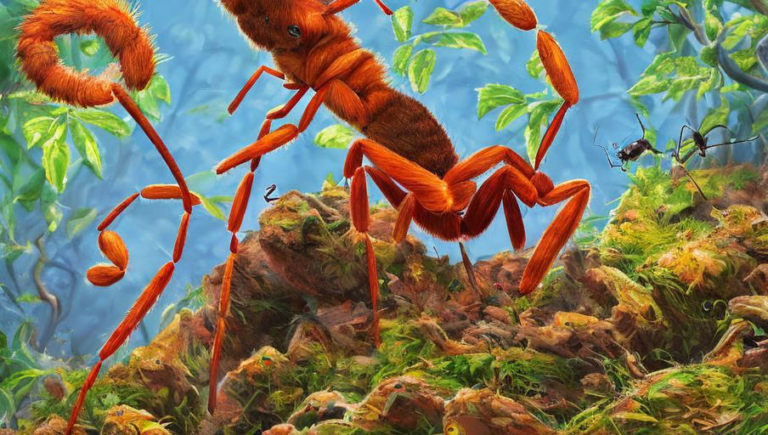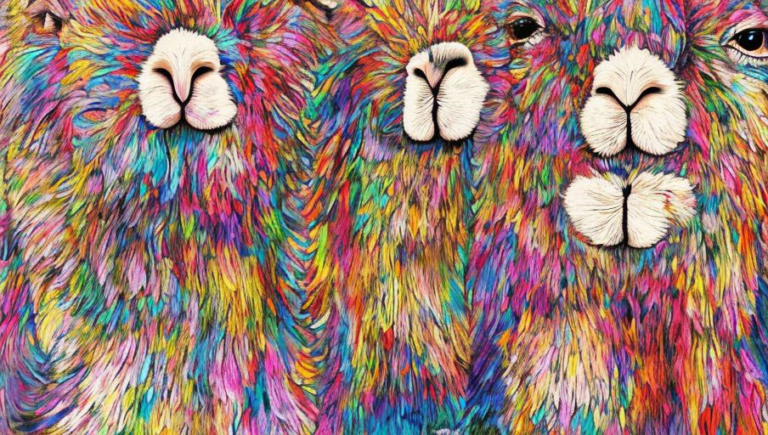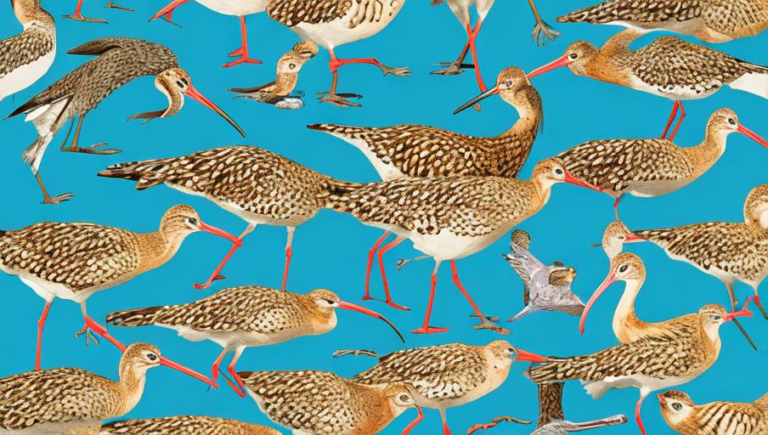Journey Through the Life of an Antelope
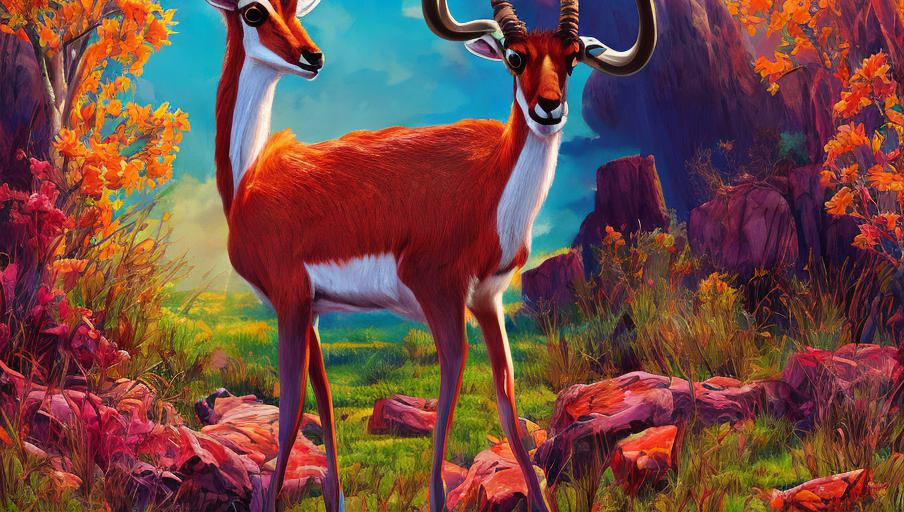
Introduction
Antelopes are an intriguing species of hoofed mammal that can be found in various regions of the world. They are incredibly resilient animals, able to survive in a range of habitats, from deserts to grasslands to woodlands. Antelopes have many fascinating adaptations, from their fleet of foot running to their keen eyesight and hearing, to the unique horns they use to attract mates and defend themselves. Let’s take a journey through the life of an antelope, beginning with a look at their anatomy and behavior.
Anatomy and Behavior
Antelopes have four long, slender legs and a set of long, curved horns that vary in shape and size depending on the species. Many antelopes have black markings on their fur, which help them blend in with the environment and make them difficult to spot. Antelopes are herbivores, and they graze on grasses and other plants for sustenance. They are also incredibly fast, able to run at speeds of up to 60 mph. They can use their speed to outrun predators and are also capable of jumping over obstacles up to nine feet in height.
Mating and Reproduction
Antelopes are polygamous, meaning that males mate with multiple females. During mating season, males will fight for access to females and establish dominance by butting heads and clashing horns. The males that win the fights are more successful in finding mates, and the females tend to pick the largest, strongest males. After mating, the females will give birth to a single calf (or occasionally twins). The calves are able to stand shortly after birth and can follow the herd almost immediately.
Predators and Protection
Antelopes are preyed upon by a variety of predators, including lions, cheetahs, leopards, hyenas, wild dogs, and even eagles. In order to stay safe, antelopes will form large herds and use their keen eyesight, hearing, and sense of smell to detect potential predators. They will also use their speed to flee from danger. Some species of antelope have horns that are used for defense against predators, while others have horns that are used to attract mates.
Living Habits
Antelopes live in herds, which consist of a small number of males and a larger number of females and their young. Herds can range in size from a few dozen to several hundred animals. During the day, the herd will graze together and travel in search of food and water. At night, the herd will split up into smaller groups to sleep and watch out for predators. During the dry season, antelopes will migrate in search of food and water.
Conservation Status
Unfortunately, many species of antelope are threatened or endangered due to habitat destruction, poaching, and other human activities. Conservation efforts are being made to protect antelope populations, with organizations such as the World Wildlife Fund working to protect their habitats and reduce threats to their survival. There are also efforts to breed antelopes in captivity in order to help maintain their numbers in the wild.
Conclusion
Antelopes are amazing animals that have adapted to live in a variety of habitats. They are incredibly fast and have a variety of defenses against predators. Unfortunately, many species of antelope are threatened due to human activities, and conservation efforts are needed to protect these fascinating creatures. By understanding the life of an antelope and the threats they face, we can better protect them and ensure their survival for future generations.
